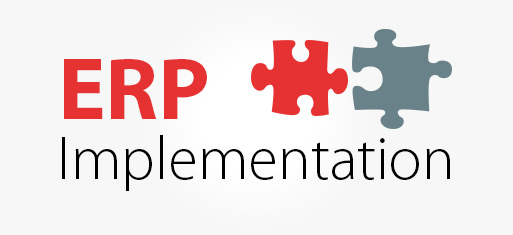For Your ERP Implementation, Lead with User Experience

Think back to when you witnessed a platform rollout gone bad.
Maybe the launch was well-communicated and there were plenty of training sessions for you to attend. But after all the kickoff calls and webinars, you cracked the program open by yourself and couldn’t remember where to start.
None of the menus clearly signaled where to go. Documents weren’t where you expected them to be. With each dead-end mouse-click, your blood pressure rose and dread increased.
Forrester Research found that “70 % of projects fail due to lack of user acceptance.” Consider that even the most powerful ERP systems are useless without good user experience (UX), encouraging users to embrace the program.
What does good UX look like?
In Fundamental Principles of Great UX Design, UX Matters shares concepts that are critical to great user experience. For us, here are two big takeaways:
- Be human: "be approachable, trustworthy, and transparent. Provide human interactions over machine-like interactions."
- Be easy: "reduce the user's cognitive workload wherever possible."
Simply put, don’t make people think as they move about the interface. Software must be intuitive for people to even start using it, let alone get excited about it.
Putting UX First in Your ERP Platform
As you get ready to implement ERP software for your company, consider these UX best practices to ensure user adoption:
- Make it mobile-first. If the new tool isn’t adaptive to all devices, it’s not worth the investment. Fair or not, the platform will be judged by the high standards of consumer-grade apps and software like Uber and Apple.
A mobile-first approach also means providing real-time, relevant insights and analytics on devices all the way from mobile to desktop.
- Establish user roles. Especially for large enterprises, role-based programs are critical to maintaining efficiency. People don’t want to see features they don’t need, or worse, can’t use due to permission levels.
Learn what each line of business is responsible for and understand their pain points. What's critical to one group may be trivial to another, so deliver the specific features each role needs to succeed in their work.
- Keep it simple. When moving through a proposed workflow, ask yourself, “Could my mom do this?” If not, start over. And since you’ll eventually be too familiar with the software, you’ll also need outside input to gauge whether the processes are too complex.
Another key to simplicity is maintaining a consistent experience across the platform. Screens should have the same look and feel, navigation, and icons, regardless of where the user goes in the program.
- Focus group and user test. Use an independent group of testers (preferably outside your company) to preview the experience and tell you what makes sense and what doesn’t. The trick is to do this early enough in a development cycle that you can still make changes without too much upset, but late enough that you have a working prototype that’s ready for testing.

